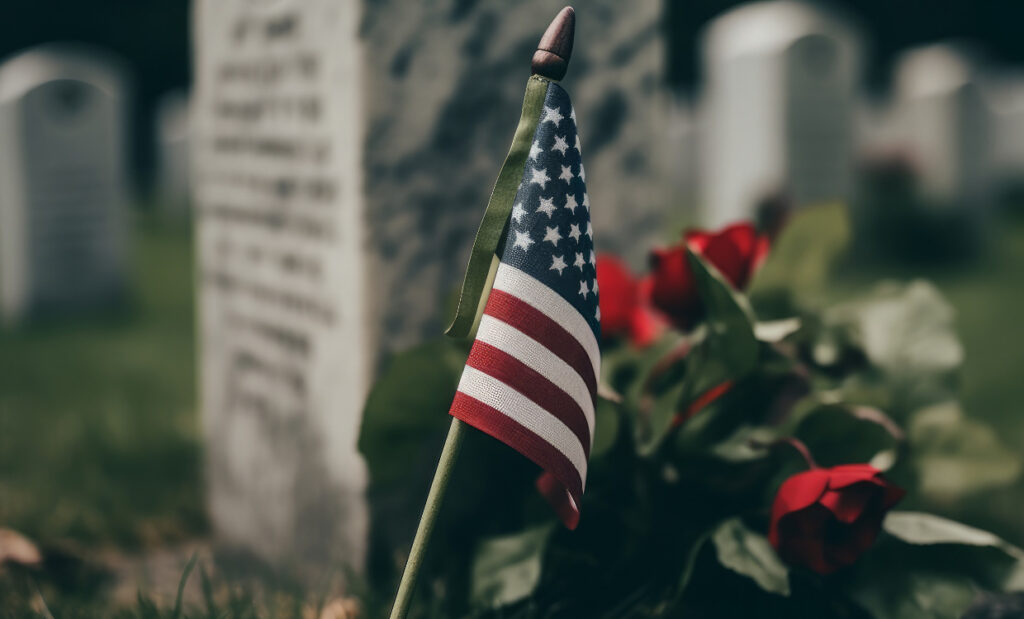Memorial Day is more than gathering with family and friends for a cookout or outing. It is about remembering and honoring the men and women who have died while serving in the United States military.
According to pbs.org, it was initially called Decoration Day, from the early tradition of decorating graves with flowers, wreaths, and flags. It was first observed on May 30, 1868, to commemorate the sacrifices of Civil War soldiers by proclamation of General John A. Logan of the Grand Army of the Republic, an organization of former Union sailors and soldiers.
The first national commemoration was held at the Arlington National Cemetery, where Congressman James Garfield and a former Union General gave speeches. Approximately 5,000 people helped to decorate the graves of more than 20,000 Union and Confederate graves.
Soon afterward, local towns began to observe the day and gathered to place wreaths on the fallen soldier’s graves.
Throughout the 1800s, many states, New York being the first, declared Memorial Day a legal holiday. After World War 1, it became an occasion for honoring those who died in American wars.
In 1971 Congress passed the Uniform Monday Holiday Act. Memorial Day is now celebrated on the last Monday of May each year instead of May 30.
How can we do our part to remember those who unselfishly gave their life defending our Country?
- Stop and take a moment to remember and honor those who have fallen
- Attend a memorial service
- Lay flowers or plant a flag on a grave
This year as you are kicking off the summer with backyard barbecues, zipping around the water by boat, or any other activity, remember to pay tribute to those who sacrificed their lives.
What does their sacrifice mean for us?
These soldiers gave up precious time away from loved ones and the comforts of everyday living. They made the ultimate sacrifice and died defending our country so we may have the freedom to enjoy summer celebrations and so much more.






